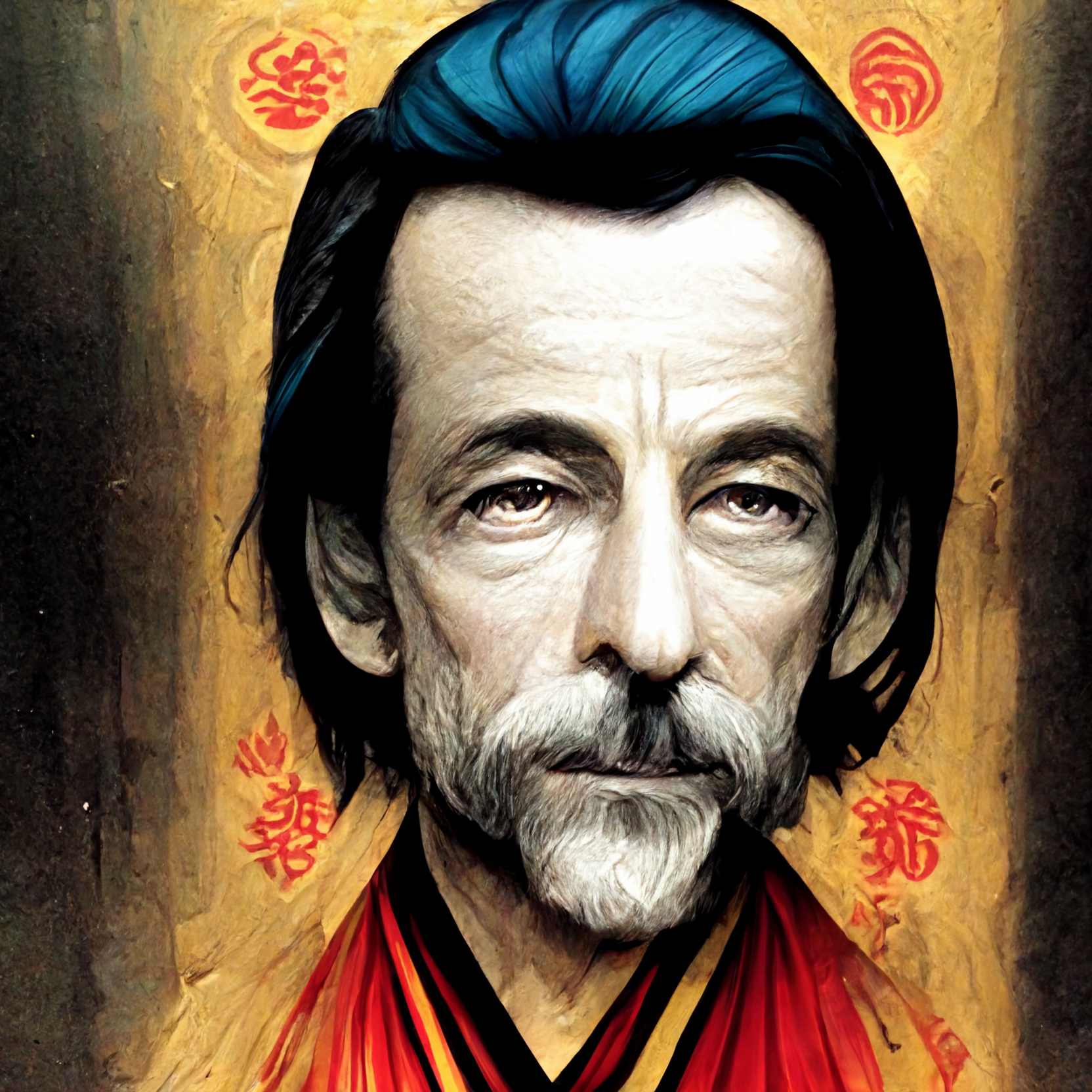The New Age movement has been a significant part of spiritual practices, beliefs, and philosophies since the late 20th century. The movement is characterized by its diverse collection of ideas and practices that strive to uncover the hidden dimensions of reality and human existence. While it may be challenging to summarize the entire movement, several key figures and organizations have played a significant role in shaping the New Age teachings.
One of the most influential organizations in the New Age movement is the Theosophical Society. Founded in 1875 by Helena Petrovna Blavatsky, Henry Steel Olcott, and William Quan Judge, the society seeks to promote a universal brotherhood of humanity. Theosophy teaches that all religions are different expressions of the same divine wisdom, and it emphasizes the importance of comparative religion, philosophy, and science.
Helena Petrovna Blavatsky, one of the co-founders of the Theosophical Society, was a Russian occultist, philosopher, and author. She is best known for her two-volume work, “The Secret Doctrine,” which outlines the spiritual evolution of humanity and the universe. Blavatsky believed in the existence of a hidden world of masters, who were highly evolved spiritual beings that guided humanity from behind the scenes.
Rudolf Steiner, an Austrian philosopher, mystic, and author, founded Anthroposophy, a spiritual philosophy that seeks to develop an understanding of the spiritual dimensions of the human being and the universe. Steiner believed that through spiritual development, individuals could gain access to higher knowledge and a deeper understanding of the world. His ideas have had a significant impact on the fields of education, agriculture, medicine, and the arts.
The Golden Dawn is another important organization that has contributed to the development of New Age teachings. This magical order was founded in 1888 by three British Freemasons – William Wynn Westcott, Samuel Liddell MacGregor Mathers, and William Robert Woodman. The Golden Dawn drew on a variety of occult traditions, including Kabbalah, Tarot, and Hermeticism. The order’s teachings were secretive, and it was believed that only a select few were capable of mastering the complex rituals and magical techniques.
In conclusion, the New Age movement is a diverse collection of spiritual practices, beliefs, and philosophies that strive to uncover the hidden dimensions of reality and human existence. The Theosophical Society, H.P. Blavatsky, Anthroposophy, Rudolf Steiner, and the Golden Dawn have all played significant roles in shaping New Age teachings. These organizations and figures have promoted spiritual unity and brotherhood and explored the hidden dimensions of reality through esoteric knowledge and practices. The New Age movement continues to evolve and influence spiritual practices and beliefs today.






